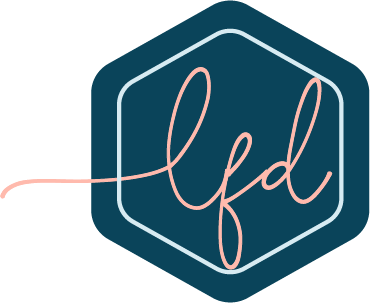STEM and it’s counterpart STEAM are becoming buzz words throughout educational circles, but what exactly is it and how does it look in your typical classroom or school?
The term STEM, Science Technology Engineering and Mathematics, can be generally traced back to the mid eighties but most sources credit coining the term to Judith A. Ramaley while she was the assistant director for education and human resources at the National Science Foundation from 2001 to 2004. The extra vowel in it’s counterpart, A, is for the addition of Art. Art is naturally found in STEM as is social studies, English, and other subjects, but many STEAM proponents feel adding the “A” represents not only the vast array of art related courses but the creative thinking in STEM.
How does this look in your typical classroom or school? Honestly, the sky is the limit on how STEM could look at your school. Some schools integrate STEM components via cross-curricular PBL units. This does not mean every unit in every subject, but instead a conscious effort to regularly integrate. Additionally, other schools and/or classrooms desire full submersion in which all units integrate STEM components. Seeds of STEM is a great example of such integration. This preschool curriculum currently boosts two full units of STEM with plans to offer a full six unit curriculum by 2017. Yet another integration option is through makerspaces, clubs, and additional course offerings.
Over the years, I have had numerous brainstorm ideas on integration of STEM into our high school and district. While a school wide focus was never chosen, there have been great strides of integration which wasn’t limited to “just my classroom.” Our science department expanded to offer engineering and physics and additionally began a robotic/engineering club. Various teachers have also participated in PD and accompanying students to Cyber Camps each summer for numerous years. I’ve always enjoyed integrating cross curricular units from rocketry to robots and attending the NICERC cyber camps as well as other PD, conferences, and trainings definitely helped add more rigor and expertise to these units. The integration of a class makerspace was definitely a career highlight that really pushed my students further out of their comfort zone and into the role of a lifelong learner. Have you heard of the maker movement? It really is a fantastic way to integrate STEM in your classroom, school, district, not the only component but definitely one of your “puzzle pieces.” Laura Fleming, a librarian and media tech in New Jersey, has really embraced makerspaces and has been a catalysis for the movement. She transformed her library into a makerspace and since has helped hundreds of others transform theirs. She is now an author, so you can read all about it in her book, Worlds of Making. She along with Marcos Navas and Joann Presby just launched an Indiegogo Campaign to provide Hands-On Coding Block manipulatives and a book series to help bridge the gap between computer science and literacy.
EV3 is still a #makerspace fav! #edchat
A photo posted by Lisa Dick (@lisaspencilbox) on
Are you ready to #GeauxSTEM in your classroom, school, or district? Stay tuned for the next post, Makerspace Madness!








